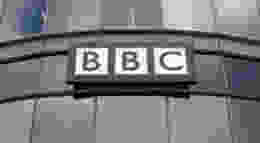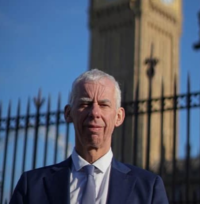
The light at the end of the tunnel: how to get the Tube back on track
It’s 2am, an ominous ping makes you turn to look at a notification on your phone. You discover that you have been charged an alarmingly high rate of £12.80 by Transport for London…again.
Today, that is the reality most Londoners face after a day travelling throughout the city. London transport has become far too expensive for what it is. The daily underground fare cap for zone 1-4 can cost up to £12.80, with zone 1 travel for the day costing £8.90. London’s public transport is now the most expensive in the world with the previous increase of 4.6% in March and more to come in 2026, it begs the question of: is TfL good value for money anymore? If fares are truly set to rise by 5.8% in 2026, then something needs to change.
The London Underground, also known as the “Tube”, is said to be the world’s oldest metro system, opening in 1863. It was introduced to solve a growing congestion problem and to make travel across London faster and easier - a mission which it largely facilitated in its early years of operation. However, with London’s population projected to reach 10 million within the next decade, major investment is needed in order to keep the Tube fit for purpose.
A lack of cleanliness across the network is one often-cited concern - a recent Freedom of Information request revealed that Piccadilly line trains are only cleaned every month and a half. Delays are another common complaint - in August 2025, over 11% of trains were behind schedule every single weekend. Pollution on the network is similarly rife - a 2022 study from the University of Cambridge suggested that the concentration of metallic particles and dust across the network could be seriously harmful to human health.
The Context
How much does the Tube’s failings matter? Admittedly, amidst the rise of hybrid working and other modes of transport (such as cycling), there has been a decrease in Tube and bus travel. Bus demand in 2024 was around 89% of the pre-pandemic baseline. However, TfL is still vital for those travelling in and out of London, especially for those commuting daily from suburban areas to central London.
Public transport, by its very nature, is designed to be an affordable option, and yet many people are turning to other modes of transport. E-bike company Lime is one example of this, taking advantage of the September 2025 Tube strikes by releasing a viral ad campaign with the title “there is a good service on all Limes”. Yet, during Boris Johnon’s stint as Mayor of London, the government was proudly announcing its own cycling project - Santander Cycles - a public-bike sharing scheme for journeys within London. However, in the clash of e-bikes, Lime have come on top. Cabinet ministers themselves have endorsed Lime over TfL’s own competitor program.

London tourism and TfL have enjoyed a close relationship over the years - from the organisation’s prominent branding across tourist memorabilia to the regular emphasis on promoting tube usage when visiting the city. As one of the oldest and complex metro systems in the world, the Underground has historically, and must still, showcase the UK’s heritage and ongoing prosperity. In short, the Tube’s continuing success is also as much of a cultural issue as it is a practical or economic one.
The Solutions
Without change, the future of TfL is unstable and bleak. So what are some tangible solutions to turn things around?
Around the world, and especially in comparable major European cities, 40-60% of metro revenues come from government funding, whereas Transport for London relies heavily on ticket fares for its income - some figures put this number at closer to 80%. Government intervention, though costly (and with the usual caveat of acknowledging that there is no ‘magic money tree’) must be genuinely considered given both the depths of the problems and the value in finding solutions.
Fare evasion is another area where funds could be found, with approximately £130 million in lost revenue per year. Non-gated lines such as the Docklands Light Railway (DLR) need to have more thorough ticket inspection systems in place, such as an increase in staff to monitor suspected fare evasion, and harsher penalties for non-compliance.
Furthermore, TfL could benefit from expanding their efforts in other areas related to their marketing. The aforementioned wasted potential of Santander Cycles (whose potential growth could in turn be used to subsidise Tube fares) are one example, but increased merchandising and media partnerships are another (note that TfL made over £1 million in a one-year period from film and TV productions, which have been earmarked as an area for further growth).
The Tube should, and can, be better.

A recent UCL History graduate with experience in political campaigning and opinion journalism.














